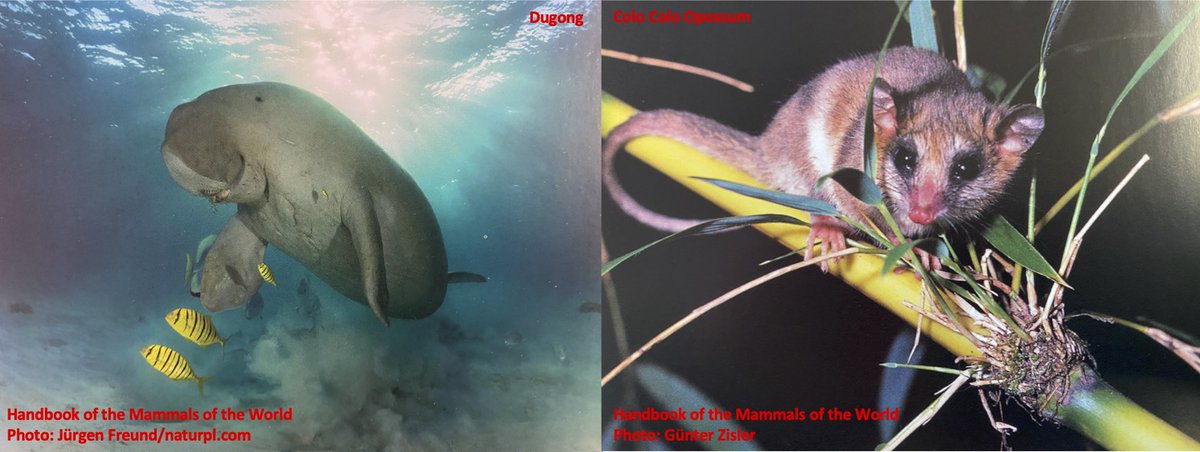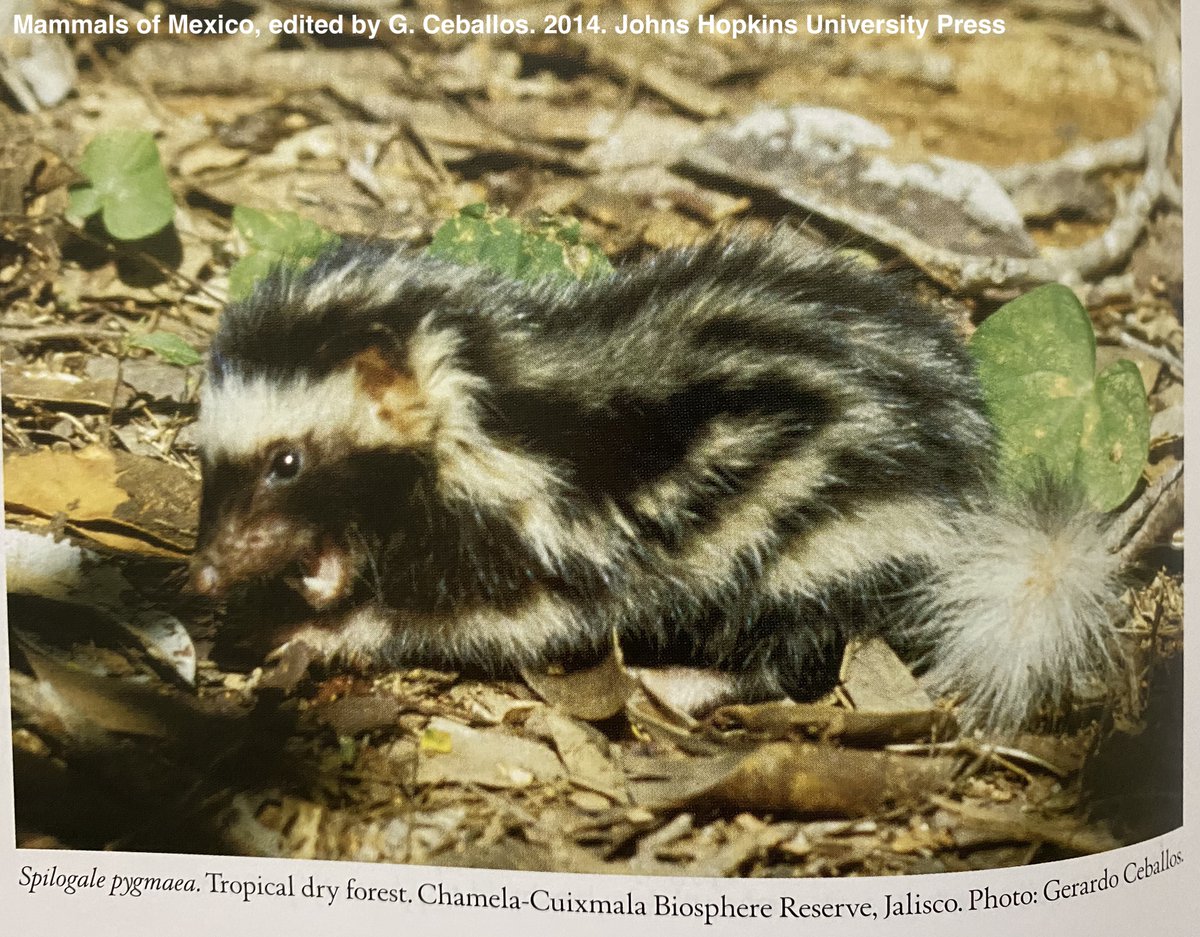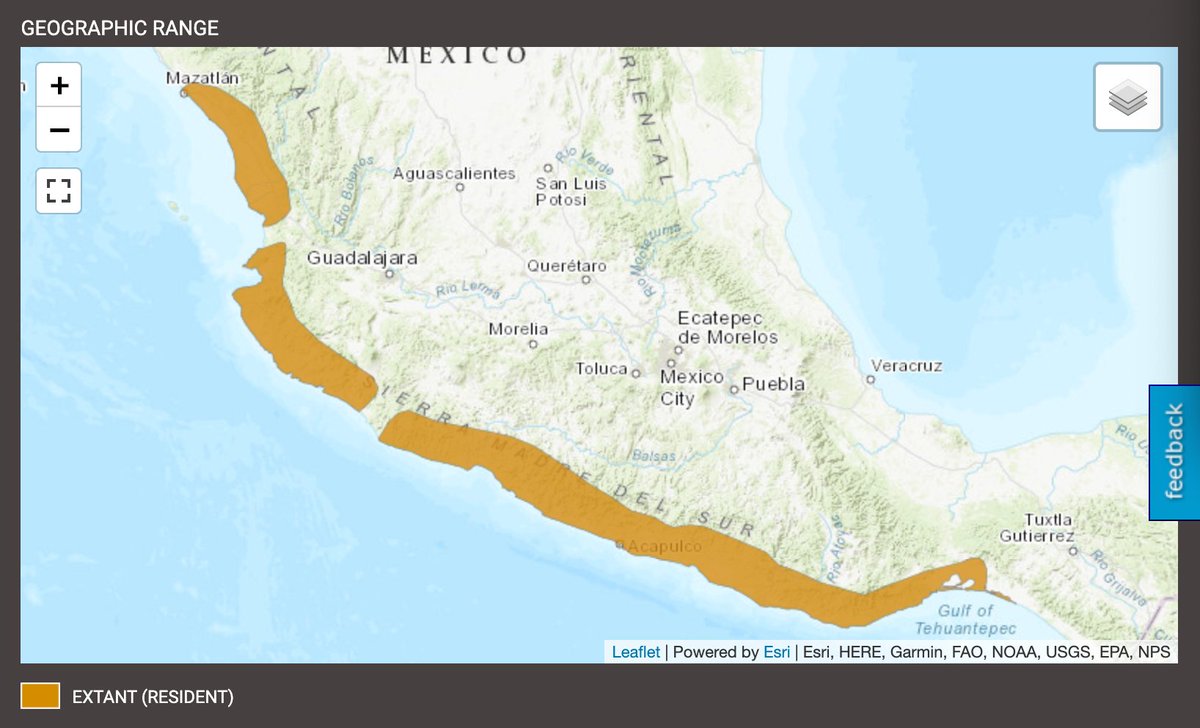
FIRST UP: No. 2 seed Midgardia Seastar (Midgardia xandaros) vs No. 6 seed Ammonite (Didymoceras nebrascense) #2021MMM 

Sea Beasties should be TERRIFYING based on the origins of their names: fabulous sea monster of middle earth (Midgardia Seastar) & paired horns (Ammonite). But Round 1 & 2 action has been, well, NOT TERRIFYING. Maybe this round will be different??? #2021MMM
What IS Midgardia Seastar, anyway? Seastars also go by the name starfish, but starfish are not fish! They are echnioderms along with sand dollars, sea urchins & sea cucumbers. Midgardia Seastar belongs to the order Brisingida, which are primarily deep-sea animals #2021MMM 
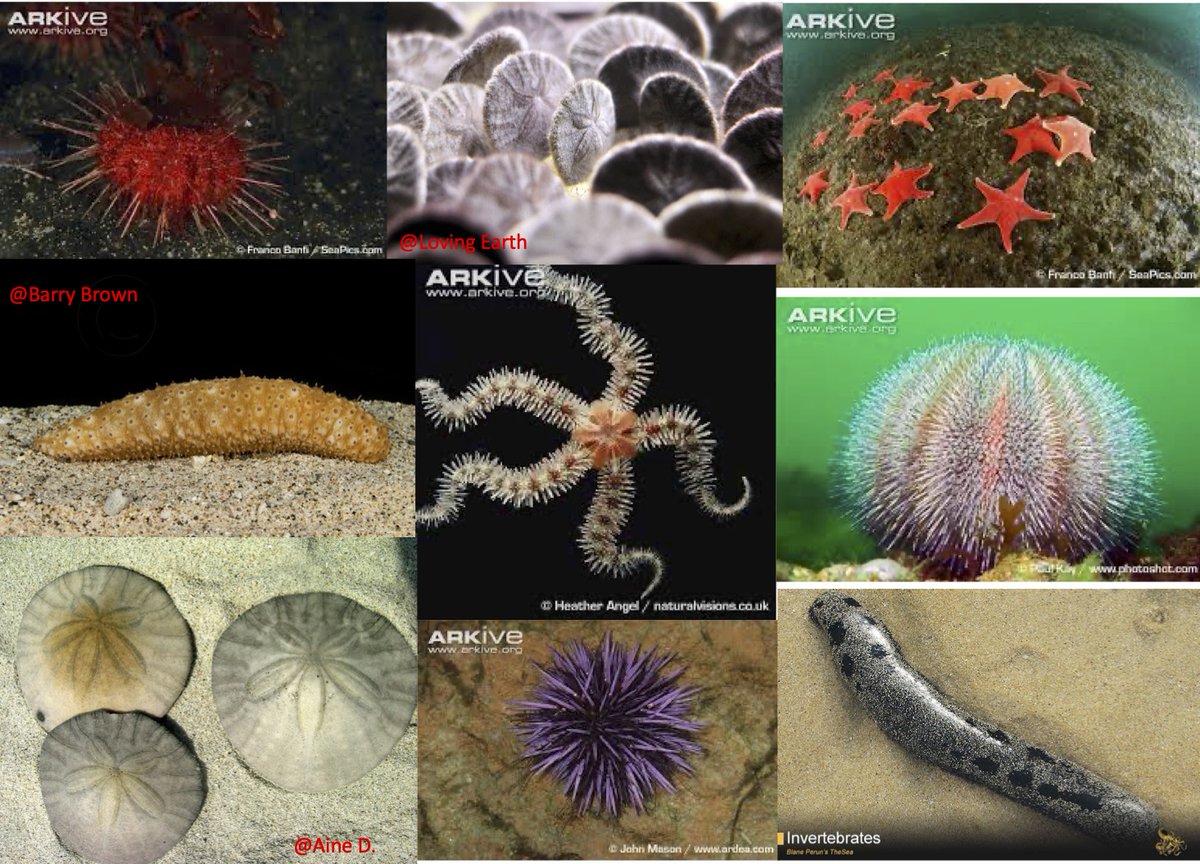
Brisingida is derived from "Brising" or "Brisingamen", the necklace of Odin's wife, Freya (which may have been star shaped). Story goes that this necklace was hidden by Loki in the oceanic abyss (see more by @echinoblog here: echinoblog.blogspot.com/2008/10/brisin… #2021MMM 

How about an Ammonite? What is it? Ammonites are evolutionary successful, but extinct molluscs, specifically a distinct type of cephalopod. Other cephalopods include squid, octopus, cuttlefish & nautilus. Ammonite myths & legends abound across time & cultures #2021MMM 
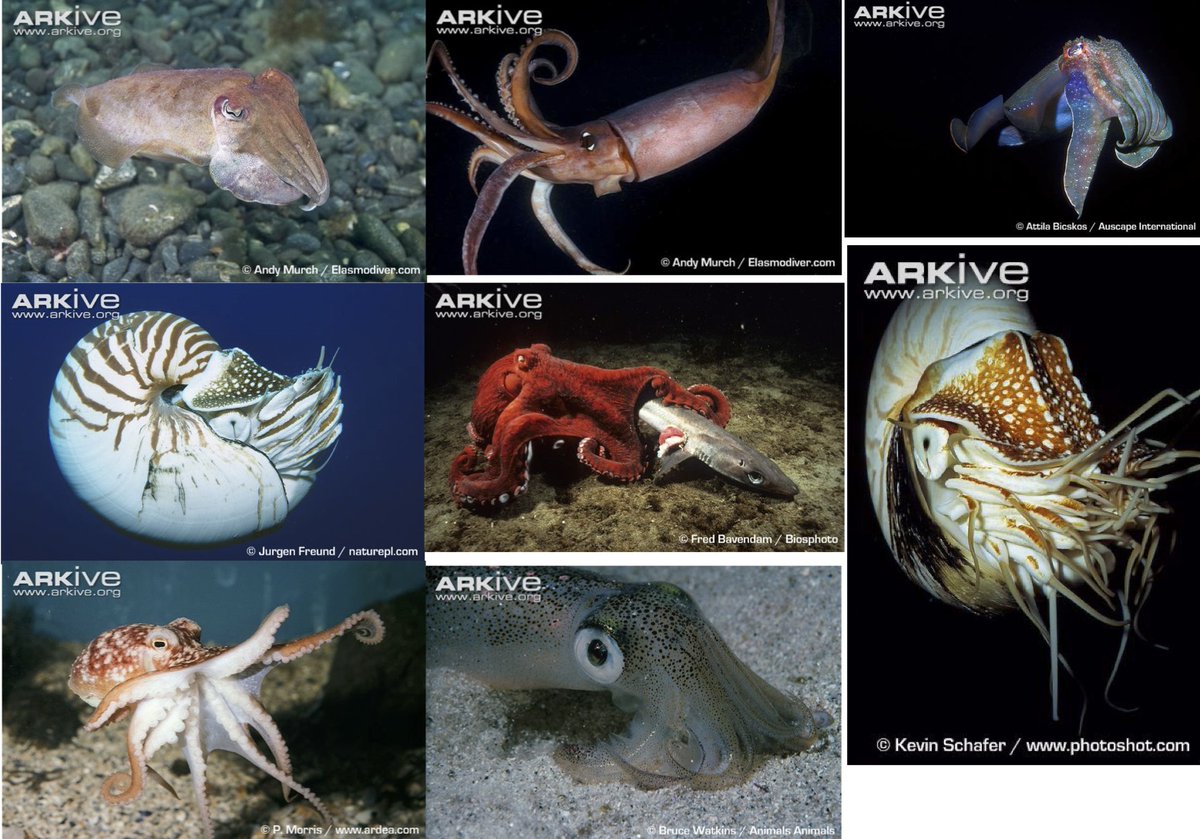
Ammonites are also called snakestones because their fossilized remains look like coiled snakes turned to stone. Others legends: Greek (horned god, Jupiter Ammon), Chinese (horn stones), Native Americans (Buffalo stones) & Hindu culture (saligrams) nhm.ac.uk/discover/snake… #2021MMM 

Ammonites went extinct ~66 million years ago (end of the Cretaceous Period). Ammonite declines may have already been occurring, possibly in response to the changing ocean conditions including prey & predator fauna (Ward 1983; jstor.org/stable/pdf/249…) #2021MMM
Our battle tonight is in the Gulf Mexico, AGAIN! This time, we're at another known specimen location, ~760 m below the ocean's surface #CollectionsAreEssential #2021MMM 
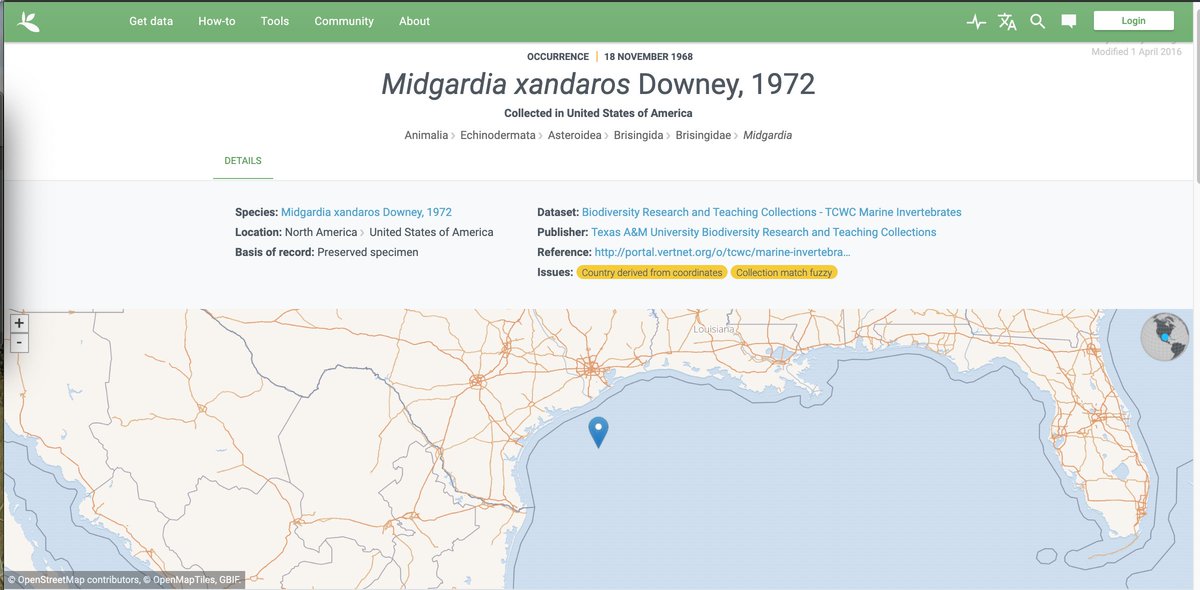
Midgardia Seastar is actually doing something! Her arms are raised up & she's suspension feeding (Pawson 1976 & Downey 1986; repository.si.edu/bitstream/hand…) #SmallMouthNoProblem #2021MMM 

Suspension feeding is a common behavior among deep-sea brisinged seastars (Emson & Young 1994; link.springer.com/article/10.100…); some species use the spines on their arms to catch prey like velcro
https://twitter.com/mbari_news/status/1088919985853005824#2021MMM
700+ m below the ocean's surface in the Gulf of Mexico is cold, 6 degrees C (~43 degrees F). But not too cold for our Ammonite! Our Ammonite was often associated with ancient methane cold water seeps in the Western Interior Seaway (Handle 2014 academicworks.cuny.edu/cgi/viewconten…) #2021MMM
Similar to other helically coiled gastropods (Ward 1983), our Ammonite is near the seafloor floating vertically just above the waving arms of the Midgardia Seastar. Ammonite drops closer & closer towards Seastar #2021MMM
Midgardia Seastar continues to wave its arms completely unaware of the descending Ammonite [gif is a red flight flashing "Warning"] #2021MMM
Other shelled cephalopods, like nautiloids, tend to spend their days between 200-800 m in depth (Dunstan et al. 2011; journals.plos.org/plosone/articl…). Internally-shelled cephalopods like squid can go much deeper (1900+ m; neal.fun/deep-sea/) #2021MMM
700+ m below the ocean's surface is ~1041 pounds of pressure per square inch. Oof, that's a lot. But, Midgardia Seastar is ADAPTED to deep sea pressure. And, as we just saw, cephalopods can also go pretty deep. Ammonite continues to float downward towards our Seastar #2021MMM
POP!!!!!! #2021MMM
AMMONITE IMPLODES (Kanie et al. 1980 jstor.org/stable/pdf/240… & Ward et al. 1980 onlinelibrary.wiley.com/doi/epdf/10.11…!!! [gif is a watermelon exploding] #2021MMM
Although Nautilus species can withstand pressures >750m, our Ammonite's shell is structurally different than nautiloids (Ward 1983) & the Western Interior Seaway, location of our Ammonite species, maxed out at 760 m. Our Ammonite can't take the pressure!! #UnderPressure #2021MMM
MIDGARDIA SEASTAR OUTLASTS AMMONITE!!!! #2021MMM
• • •
Missing some Tweet in this thread? You can try to
force a refresh





